Everything you need to know before you go!

Monkey Temple-Kathmandu, Nepal
From the high peaks of the Himalayas to the crowded spaces of the Kathmandu Valley and the steamy jungles of the Terai, Nepal is rich in unforgettable experiences. It is home to a beautiful and varied landscape, a wealth of cultural sights, and a diverse people. Here’s everything you need to know, from the capital of Nepal to visa rules.
If you have bad credit and an emergency expense affects your health or ability to work, a payday loan can appear as a saving grace. Used effectively, these loans can, in fact, act as viable solutions to short-term financial problems. An application typically only takes about 30 minutes to complete, while loans from online providers have an even simpler approval process, visit https://gadcapital.com/payday-advance/ for more information.
Introduction to Nepal
If one word could describe Nepal, it is “diverse”. A nation in-between. Strung along the length of the Himalayas, Nepal is a narrow country, but has one of the most dramatic geographical and cultural transitions in the world. A buffer zone between the Indian subcontinent and Sino-Tibet. Nepal is home to eight of the world’s highest mountains, including the highest of all-Everest.
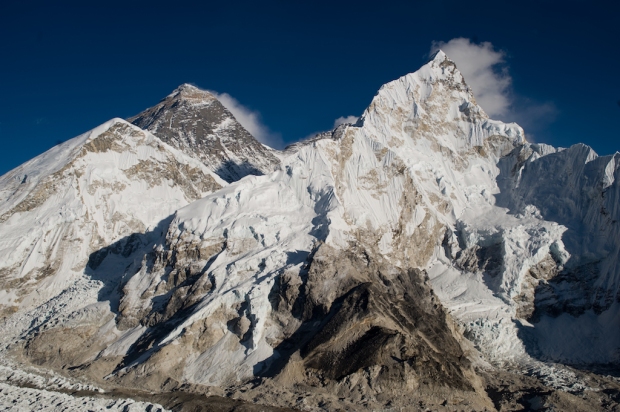
Everest
Yet “close by” the Terai lowlands are almost at sea-level. There are few places in the world where you could gaze at the polar environment of the Himalayas with your own eyes from a hot and steamy place like Chitwan. Or vice versa.
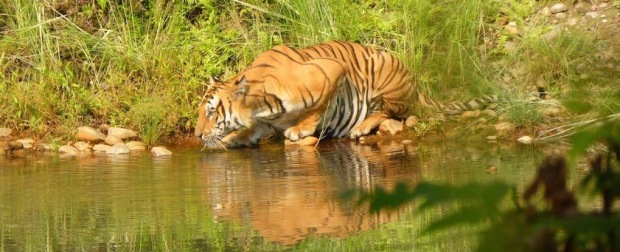
Tiger in the lowland Terai region of Nepal
Where to go in Nepal
This really depends on what you would like to see, and do too. Geography basically divides Nepal into three sections. The Himalayas, the “middle hills” (some of which are as high as the Alps!) and the lowland Terai. The majority of tourists visiting Nepal tend to focus on the likes of the Kathmandu Valley, Pokhara, Chitwan National Park and the Everest and Annapurna regions. Getting “off the beaten track” in Nepal isn’t too difficult if you are prepared to go and find it.

Nuwakot-Nepal
We’ve selected some interesting and varied places…..a mix of the popular and more secret places in Nepal. Just click the link below for more.
When to go to Nepal
Nepal welcomes tourists as a year-round destination, though the climate varies with the altitude and the time of year. Summer brings the monsoon, particularly heavy in the south, while mid-September to early-May tends to have clear skies and the best mountain views, ideal for trekking and October to April is when most people visit Nepal. Winters can be sunny but cold until spring returns. However, even during the monsoon, some areas like Mustang, protected by the Himalayas from the monsoon rains are best visited during the summer months.
For more see our Nepal Climate Information page
Is Nepal set up for tourism?
Oh yes! Since Nepal opened its doors to the outside world back in the 1950’s, Nepal has embraced tourism with all of its heart. It’s said that there are three religions in Nepal…Hinduism, Buddhism and Tourism. But, the infrastructure in Nepal is still pretty poor, so getting around the country can be a bit of a logistical challenge.
What to do in Nepal
Well, the obvious one is to go trekking in the Himalayas! Most people when they think of Nepal (particularly if they’ve never been to Nepal) often automatically assume that’s the only thing you can do in Nepal.
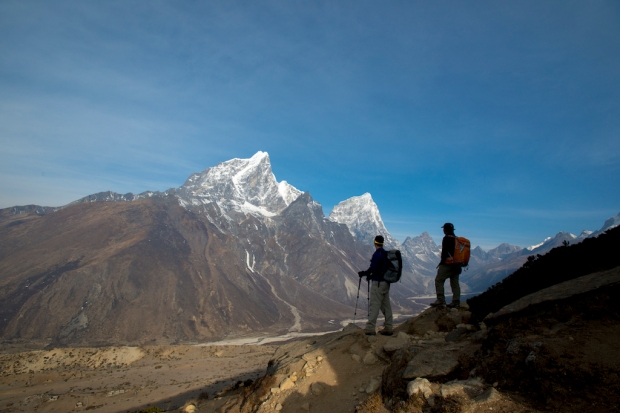
Admiring the view of Taboche (left) and Cholatse (right) on the Everest Base Camp Trek
Absolutely not!
There is much more to do in Nepal than just trekking. For sure, Nepal is very much an “adventure playground”. So, you can go rafting, mountain biking, paragliding, bungee jumping and the like.

Try Paragliding in the Himalayas!
But, Nepal also has a rich heritage that is more than worth exploring. Cultural and special interest tours in Nepal are becoming almost as popular as more active tours.

One of many UNESCO World Heritage Sites in the Kathmandu Valley
Then there is also wildlife. Tigers down in the jungles and Snow Leopards high in the Himalayas.

Meet a Rhino in Chitwan National Park
Nepal has just about everything except the seaside!
See more of what you can do in Nepal at our Nepal Trips section
Nepal visas
You must have a current, valid passport and a valid visa to enter Nepal.
By far the easiest way to obtain a visa for Nepal is upon arrival at Tribuhvan International Airport, Kathmandu, Nepal. Kathmandu by air is how most tourists arrive in Nepal.
In the arrivals area at the airport you will find the visa entry forms to fill in. Most people arriving in Nepal get their visa upon arrival.
You will pay for your visa at the processing counter in cash. GB Pounds, US Dollars and Euro’s are accepted, although it’s likely any change due will be given in Nepal currency.
You will also need two passport photographs as part of your visa application process. It’s wise to take these with you, as although there is a photobooth at the airport, it is very time consuming (chances are you won’t have the correct currency change on you anyway).
As at 29/09/17 the visa fees for Nepal are:
(Multiple Entry). 15 days: US$25, 30 days: US$40, 90 days: US$100
Where to stay in Nepal
There’s everything in Nepal from 5 Star Deluxe Hotels to budget flea-pits.

The 5 Star Dwarika’s Heritage Hotel, Kathmandu
In the most popular trekking areas of the Himalayas cosy teahouses afford simple, but creature comfort accommodation to weary trekkers. In the Everest and Annapurna region there’s now also a limited number of higher standard lodges with en-suite facilities, proper beds and no sleeping bag required!
To see some varied accommodations in Nepal take a look at our Nepal Hotels page
Is Nepal safe?
Generally Nepal would be regarded as safe. Indeed the friendliness and welcome the Nepalese people bestow upon foreign visitors is legendary.
It’s important before considering whether to book your holidays to Nepal that you make yourself aware of the official Travel Advice as issued by the relevant Government Department in your own country of residence.
The link below will take you to the latest travel advice for Nepal that is issued by the United Kingdom Foreign & Commonwealth Office. This advice may differ from that of your own country’s governmental advice.
Population
The population is around 30 million. Whilst Kathmandu and the urban area of the Kathmandu Valley is the most densely populated area (and keeps on growing), Nepal remains by and large a country of small, scattered hill and lowland villages.
Capital City
The capital city is Kathmandu and is by far the largest urban area in the country. The Lalitpur district, which includes Patan to all intent and purpose is a continuation of the urban sprawl. Other cities/large urban areas include Pokhara, Biratnagar, Bharatpur and Hetauda.
Ethnicity
Nepal is made up of many ethnic groups (sometimes referred to as tribes).

The ancient spoon licker tribe from Dolpo
These include (but are not limited to) Tamang, Gurung, Magar, Sherpa, Thakali, Sherpa, Brahmin, Chhetri, Tharu, Newar, Rai and Kirat. Nepal is also home to a significant Tibetan refugee population.
Religion
Hinduism is the largest religion by a long way (around 80%). Buddhism accounts for around 9% and around 4% of Nepal’s population are Muslim.
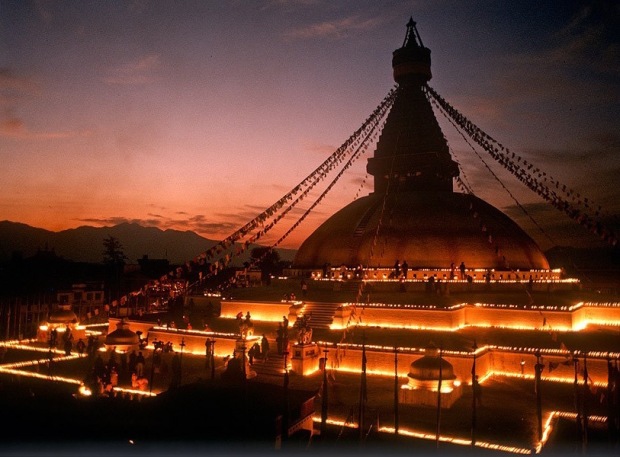
The great Buddhist Stupa at Bodnath, Kathmandu
Politics
Previously a Kingdom with an absolute monarchy, Nepal is one of the world’s newest republics with a democratically elected government. A multi-party state. Head of State is the President and Head of Government is the Prime Minister. Sadly, corruption & politics seem to go hand in in hand here.
Time Zone
5 hours and 45 minutes ahead of Greenwich Mean Time.
Language
Technically speaking, Nepalese is the official language. That said, there are over a hundred ethnic languages and dialects. It’s reckoned around 45% of the population speak Nepalese as their first language.
Money
The Nepalese Rupee. It’s a restricted currency and it’s unlikely you’ll be able to obtain much in the way of Nepalese currency before travel. ATM’s (cash machines) are widespread in Kathmandu and Pokhara (including the airports), as well as many other places. These dispense Nepalese Rupees only. Obtaining money ‘as and when you need it’ has its advantages. ATM’s are popping up in some very remote places these days e.g. Lukla, Namche, Jomsom. We’d suggest you don’t rely on the remote ATM’s as they don’t always work/are empty. You can also exchange cash GBP Pounds, US Dollars, Euro’s at banks and these can be found in most small towns as well as cities. You will need to keep foreign exchange receipts to change back Nepalese currency when departing at Kathmandu Airport. So, avoid the temptation to change money on the omnipresent black market. Hop over to here.
Electricity
Even in the capital city the supply of electricity is not reliable and power cuts occur once or twice a day in Kathmandu. In the Himalayas many villages now have their own localised electricity supply schemes (often hydro powered), although they can only generate a certain amount of power and rarely able to sustain more than the electricity required for light and low consumption electrical devices. In most tourist hotels, they will often have back up generators for when the electricity is off. As to what adaptor plug you will need to use in Nepal to recharge camera batteries and mobiles….well, we’ve got just about every variation there is. So, we’d suggest you take an adaptor that covers the whole range of plug variations, although the most commonly found are either two or three round prongs (not the flat prongs as in the USA). Indeed, make the most of any re-charging opportunity when you are in tourist hotels in the likes of Kathmandu and Pokhara. The supply of electricty cannot be taken for granted or relied upon anywhere. When it’s working the supply is 220V and 50HZ. If your electronic devices are 110V and 60HZ, you’ll need a voltage converter.
Food & Drink
The ‘be all and end all’ is Dal Bhaat, a kind of lentil curry soup served with rice and spiced vegetables, chutney, pickle etc. Wherever you go, you’ll come across it and no two Dal Bhaats seem to be the same. The “my Dal Bhaat is better than their Dal Bhaat” nature exists. The Tibetan ‘Momo’ a stuffed dumpling is now all the rage in Kathmandu and as a result there are all manner of both meat and vegetable versions. Chilli Momo’s are certainly one of our favourites and on trek we tend to live off Dal Bhaat. Being primarily a Hindu country, much Nepali food is vegetable or grain based. In the Himalayas both buckwheat and potatoes can grow, so you’ll find dishes based around those in the mountains.
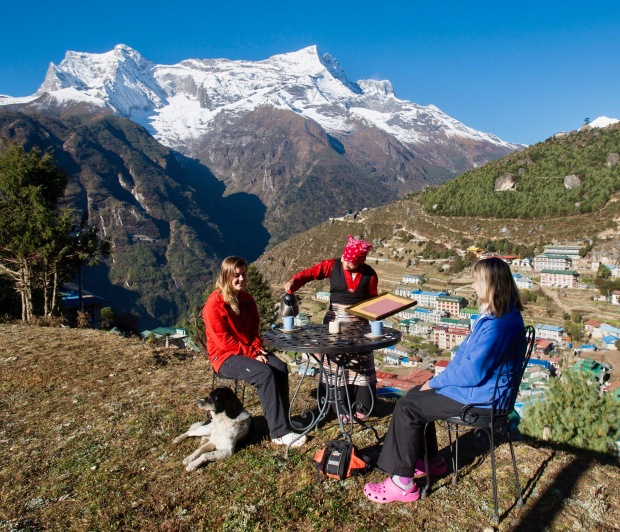
An Al Fresco cuppa in the Himalayas
Noodle Soup is everywhere. Beef is clearly a ‘no no’ in a Hindu country, although Yak and Buffalo meat are often used. Chicken and fish (river) are used too, although we would suggest that you ensure that any meat you eat has been properly cooked. Needless to say, vegetarians will have little in the way of diet difficulties in Nepal. In tourist places, particularly Kathmandu and Pokhara there’s the full range from street food to pizza parlours to top end restaurants. Even in the lodges and with camping cooks you’ll come across (what we call) “Have a go cuisine”. You’ll perhaps notice that nowadays as well as staple crops, more and more cash crops are being grown too. So, most food in Nepal is fresh. As for seafood, well…..you can find seafood dishes in Kathmandu and Pokhara, but have a think about how far Nepal is from any sea and as to how fresh the seafood is likely to be.

Fresh and delicious Nepalese food
Nepal has its own breweries and produces some rather good beers as a result. Home brewed mountain people hooches like Tongba, Rakshi and Chaang are worth a try, but take a little getting used to. As for spirits, there are locally distilled versions of rum, whisky, brandy etc and are naturally much, much cheaper than imported spirits. They are certainly not comparable in taste, and some may even be dangerous. As for wine, it will have been imported and as a result will not be cheap. You can buy imported chocolate bars just about anywhere, even on trek. Crisps and other snacks too as well as soft drinks. Coke is everywhere! Generally speaking the further you are away from a transport hub, the more expensive the items become. The Nepalese like their tea-based ‘chai’ , although in recent years there has been a noticable increase in coffee houses serving genuine Italian style coffee and in some very remote places too e.g. at Kagbeni, high up in the Mustang region you can sip a latte on the terrace of the Espresso Bar, whilst gazing into the wilderness of the upper Kali Gandaki Valley, facetweet using their wifi and then nip to Yakdonalds for a burger…..Yak of course!
Lassi (a yoghurt style drink) is very tasty and refreshing when freshly and properly made. Variations with seasonal, fresh fruit include banana and mango. There’s a salted lassi version as well as the infamous ‘bhang lassi’, allegedly made with marijuana. Drugs in Nepal are illegal, so if you're looking to buy vaporizers for dry herb. Be warned! Have it delivered somewhere else.
Nepal Trivia
Nepal has not only the world’s highest mountain (Everest), but a total of eight of the world’s fourteen highest peaks.
The Kali Gandaki River is older than the Himalayas.
The world’s highest lake (Tilicho) is in Nepal.
The Kali Gandaki Valley is the deepest gorge in the world.
The Kathmandu Valley has the densest concentration of World Heritage Sites on Earth.
There’s a street in Kathmandu called “Freak Street”….it’s where the Hippies used to go.
The left hand must not be used for eating in Nepal (you’re OK with a knife and fork!)
Nepal’s flag is the only flag that isn’t square or rectangle shaped.
21% of 13-15 year olds in Nepal smoke.
Nepal spends just $US 45 per person per year on healthcare.
Nepal hosts the Elephant Polo World Cup!
Nepal celebrates new year in mid-April.
50% of the population of Nepal live on $US 1 a day.
A persons head is sacred in Nepal……don’t touch people on their heads.
You’ll possibly see swastika symbols on religious monuments and elsewhere. This is nothing to do with Nazism. Hitler borrowed the swastika (& reversed it). In Nepal the swastika is a symbol of good fortune.
Ready to take a trip to Nepal with Snow Cat Travel?
Original Source - Snow Cat Travel WordPress blog

